DANGER CLOSE filmmakers Christian Tureaud and David Salzberg will introduce and participate in a Q&A after the 7:40 PM screening at the Music Hall on Friday, April 28.
SLACK BAY Filmmaker Bruno Dumont in Person Opening Night at the Monicas.
SLACK BAY writer-director Bruno Dumont will participate in a Q&A after the 7 PM screening at the Monica Film Center on Friday, April 28. NPR film critic Ella Taylor will moderate.
THE BLACK ROOM Q&A Opening Night at the Music Hall.
THE BLACK ROOM actress Lin Shaye will participate in a Q&A after the 7:20 PM screening at the Music Hall on Friday, April 28.
CHASING TRANE Q&A’s with the Filmmakers.
CHASING TRANE editor/co-producer Peter Lynch will participate in Q&A’s after the 7:30 PM screening on Friday, April 21 and the 4:50 show on Sunday, April 23 at the Playhouse 7. Producer Sig Sigworth will participate in a Q&A after the 7:30 PM screening at the Playhouse on Saturday, April 22. CHASING TRANE director John Scheinfeld will participate in Q&A’s at the NoHo after the first evening screenings and a Sunday matinee show Friday-Sunday, April 28-30, exact times TBD.
RUN WITH THE BULLS and Painter Francisco Alvarado at NoHo 7, April 25
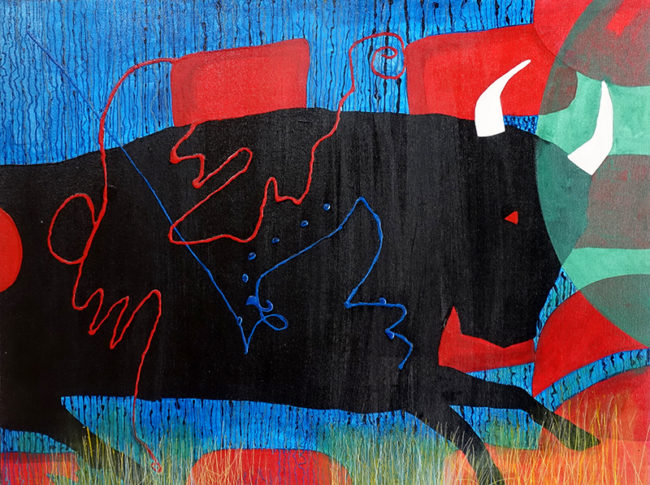
If you haven’t done so yet, next Tuesday, April 25 will be a good time to catch RUNNING WITH THE BULLS, Art in the Arthouse’s recent exhibit at the NoHo 7 featuring the works of FRANCISCO ALVARADO. That’s because we’ll be having a “late-show celebration” Tuesday, April 25 from 7-9pm, featuring a slide show, artist talk, and of course, the usual food and beverage treats AAH is known for.
Drawing inspiration from nature and his travels, Alvarado creates powerful works utilizing a fascinating process that combines technology and hands-on manipulation of acrylic paint, mixed media and digital imaging. Curated by Joshua Elias, the exhibit runs through early May at the NoHo 7.
About the Exhibit:
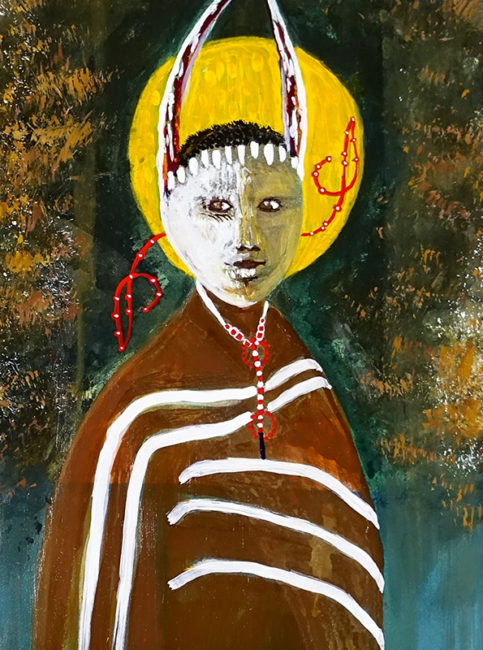
Painting with refined Matisse-like cutout shapes, Francisco Alvarado, has a propensity towards creating movement. Overlaying forms are charged with passionate, vibrant colors that evoke the volcanic fields in his native Ecuador. Inspired from loss, a ditch of emotion wells up in his art, focused, patiently rendered, evoking a wistful empathy.
Alvarado moved from Ecuador to Glendale, CA in 1969. Psychedelic 60s painter Peter Max influenced young Francisco greatly. With Heinz Edelman’s animation in the Beatles’ film the “Yellow Submarine,” animation as a gateway to fine art began to percolate.
Inspired by the emergence of Apple Computers, he enrolled at Long Beach State to study engineering. He threw himself into the brave new world of coding and digital imaging, ultimately leading to artistic experimentation with mixed media.
When mentor Quinton Bemiller introduced him to abstract painting, Alvarado’s work took new turns, filled with vivacity and freedom and influenced by luminaries such as Picasso, Hockney, and Matta. As a mature artist, Alvarado has connected to life and painting in a fuller sense, resulting in the stunning new works currently on display.
– Joshua Elias, Curator
REDCAT: Christiane Jatahy’s THE WALKING FOREST.
From our friends over at REDCAT:
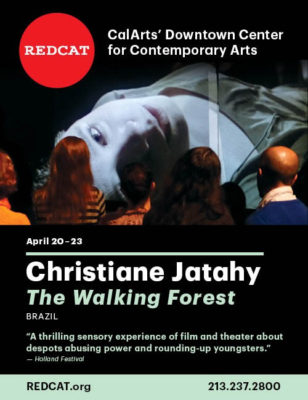 Who are the modern day Macbeths? After her “stunning” and “ingenious” Strindberg adaptation Julia at REDCAT last year, Christiane Jatahy returns to Los Angeles with The Walking Forest. Inspired by Shakespeare’s Macbeth, she urgently explores the impact of greedy political and economic power systems on citizens of the world.
Who are the modern day Macbeths? After her “stunning” and “ingenious” Strindberg adaptation Julia at REDCAT last year, Christiane Jatahy returns to Los Angeles with The Walking Forest. Inspired by Shakespeare’s Macbeth, she urgently explores the impact of greedy political and economic power systems on citizens of the world.
REDCAT is brilliantly re-configured for the internationally acclaimed project — a powerful multimedia experience mixing film, theater and music with profound emotional and political impact. To the pulse of a live DJ, an intimate audience is surrounded by a multi-projector visual installation, which artfully confronts issues of human rights, greed and corruption in today’s political climate. The event transforms into a live film event, creating a forceful, modernized Macbeth. Breaking down the boundaries between fact and fiction, and between theater and film, Jatahy brings the tragedy of everyday life to the surface with a rare and unforgettable emotional intensity.
Food Historian Linda Civitello on Terence Davies’ New Emily Dickinson Bio-Pic A QUIET PASSION.
The following post is by food historian Linda Civitello:
Terence Davies’ masterpiece, A Quiet Passion, has a scene where Emily Dickinson bakes bread and later is informed that it won a prize. This is true. In 1856, Dickinson’s Brown Bread won second prize at a local fair. One of the judges was her sister Lavinia—“Vinnie”—played by Jennifer Ehle, who was Elizabeth Bennet in the mini-series Pride and Prejudice, and the miscalculating intelligence agent in Zero Dark Thirty. Dickinson’s prize-winning bread was made from rye and cornmeal because wheat did not grow well in New England. The bread, like New Englanders such as Dickinson’s father, played by Keith Carradine, was solid with a thick, hard crust; leftovers were used to scrub walls. This staple bread nourished New Englanders until the end of the 19th century.
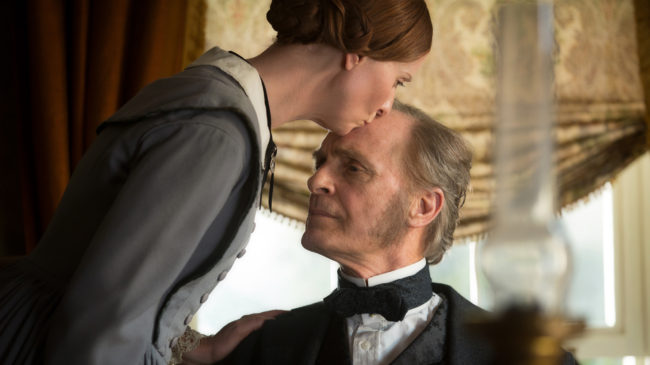
Emily Dickinson also nourished herself with language: “He ate and drank the precious words, / His spirit grew robust.” Hunger and thirst are recurring metaphors that reflect Dickinson’s profound loneliness and awareness of her position on the fringes of society. Often, she is nose-pressed-against-the-glass observing others at the banquet of life while she gets only crumbs: “God gave a Loaf to every Bird— / But just a Crumb—to Me—”. She also takes a sour grapes attitude toward society and belonging, and especially toward success: “Fame is a fickle food / Upon a shifting plate.” However, hope is not just “the thing with feathers,” but “Hope is a subtle glutton,” too.
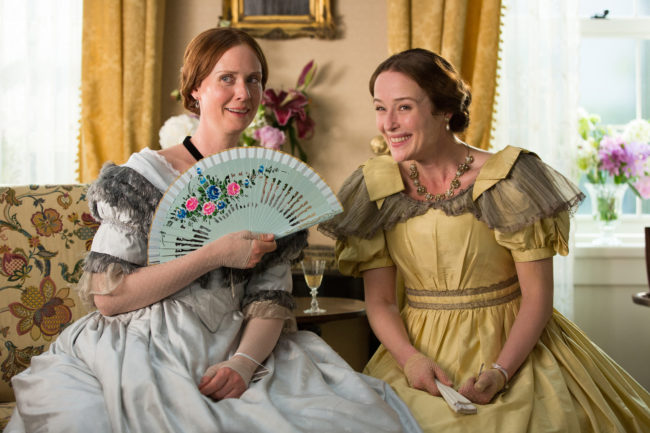
Although Dickinson’s poetry uses food metaphorically, almost one-third of her letters—approximately 300—deal with real food. Even if Dickinson did not leave the house, she sent her desserts out into the world. Children were delighted when she lowered a basket of little oval loaves of gingerbread out the window. Dickinson’s delicious “Cocoanut” Cake—that was the spelling at the time—is a modern pound cake. What makes it modern is that it is leavened with saleratus (aka baking soda) and cream of tartar, an early baking powder. What makes it Emily’s is that on the back of the recipe, she wrote a poem, “The Things that never can come back, are several.”
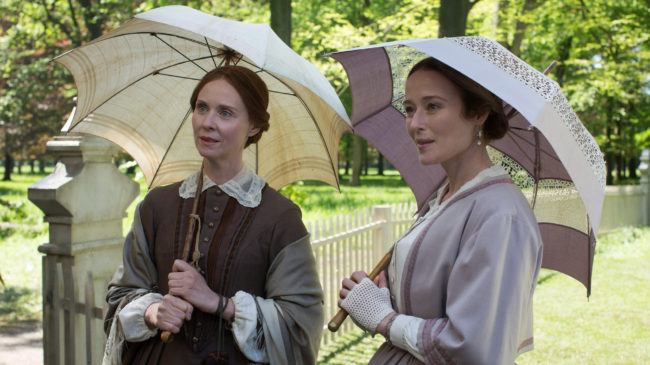
Cynthia Nixon’s penetrating Emily Dickinson in A Quiet Passion is the polar opposite of Julie Harris’s tremulous, teary hostess serving Black Cake—a spice cake loaded with raisins—to visitors in the 1976 play The Belle of Amherst. In A Quiet Passion, Davies cannot show Dickinson baking bread or making cake with real-life frequency. What Davies does do is capture the essence of Dickinson’s complex persona and life. Davies’ genius shows Dickinson’s genius: her intensity, her originality, her gift—and his—for bringing forth a universe of poetry and beauty where others see only the mundane, or cannot bear to look at all.
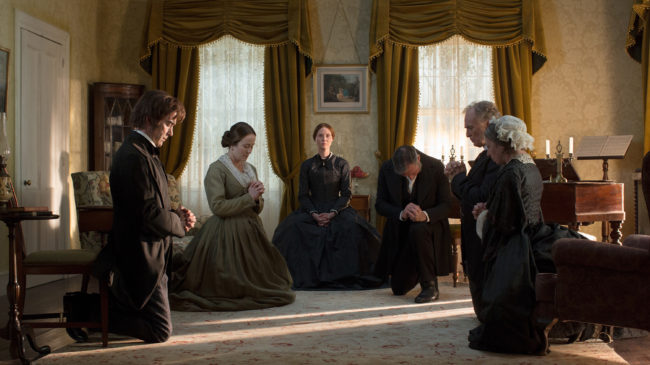
********
Linda Civitello is a food historian. She is the author of Baking Powder Wars: The Cutthroat Food Fight That Revolutionized Cooking, and the award-winning Cuisine & Culture: a History of Food and People. She will be speaking about Emily Dickinson and food later this year at the Emily Dickinson Museum in Amherst, Massachusetts.
To learn more about Emily Dickinson:
Emily Dickinson is the author chosen for the weeks-long 2017 Los Angeles “Big Read” program. On Saturday, April 29, the Washington Irving Library, 4117 Washington Boulevard, will host a Poets’ Panel, open mic reading, and a poetry workshop on Dickinson. Linda Civitello will speak briefly about Dickinson, and present desserts she made using Dickinson’s recipes and heirloom flour.
The Collected Poems of Emily Dickinson. Introduction and Notes by Rachel Wetzsteon. The hundreds of poems in this collection are organized thematically: Life, Nature, Love, Time and Eternity, The Single Hound.
For children: Emily Dickinson in the Poetry for Young People series edited by Frances Schoonmaker Bolin, illustrated by Chi Chung, from Sterling Children’s Books.
The Dickinson letters: http://www.emilydickinson.org/
The Madwoman in the Attic: The Woman Writer and the Nineteenth-Century Literary Imagination is the pioneering 1979 book of feminist literary criticism by Sandra M. Gilbert and Susan Gubar. The lengthy final essay is on Emily Dickinson. The book’s title is an allusion to one of the writers Dickinson admired, Charlotte Brontë. The poem that Dickinson wrote when Bronte died ends, “Oh, what an afternoon for heaven, / When Brontë entered there!”
Sandra M. Gilbert is also a poet. Her homage to Dickinson is in the title poem in her poetry collection Emily’s Bread, and in the final section and final poem, both entitled “The Emily Dickinson Black Cake Walk.”
Miss Emily. This 2015 novel by the award-winning Irish writer Nuala O’Connor is an intimate fictional portrait of daily life in the Dickinson household. Told in the first person, it shifts back and forth between Emily and the family’s Irish maid, Ada.
The American Frugal Housewife by Lydia Maria Child. This cookbook, first published in 1832, was used in the Dickinson household.
The Emily Dickinson Museum: https://www.emilydickinsonmuseum.org/
A QUIET PASSION Actress Emma Bell in Person for a Q&A at the Royal Friday Night.
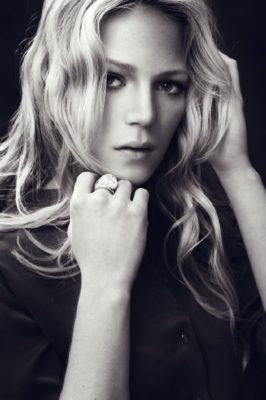
Emma Bell, who plays young Emily Dickinson in A QUIET PASSION, will participate in a Q&A after the 7 PM screening at the Royal this Friday, April 21. NPR film critic Ella Taylor will moderate.
Acclaimed British director Terence Davies (House of Mirth, The Deep Blue Sea) exquisitely evokes Dickinson’s deep attachment to her close knit family along with the manners, mores and spiritual convictions of her time that she struggled with and transcended in her poetry.
Described as “an absolute drop-dead masterwork” by The New Yorker’s Richard Brody and “quietly masterful” by The Independent’s Geoffrey Macnab, the film combines a dramatic plot with moments of tasteful humor.
- « Previous Page
- 1
- …
- 155
- 156
- 157
- 158
- 159
- …
- 267
- Next Page »
